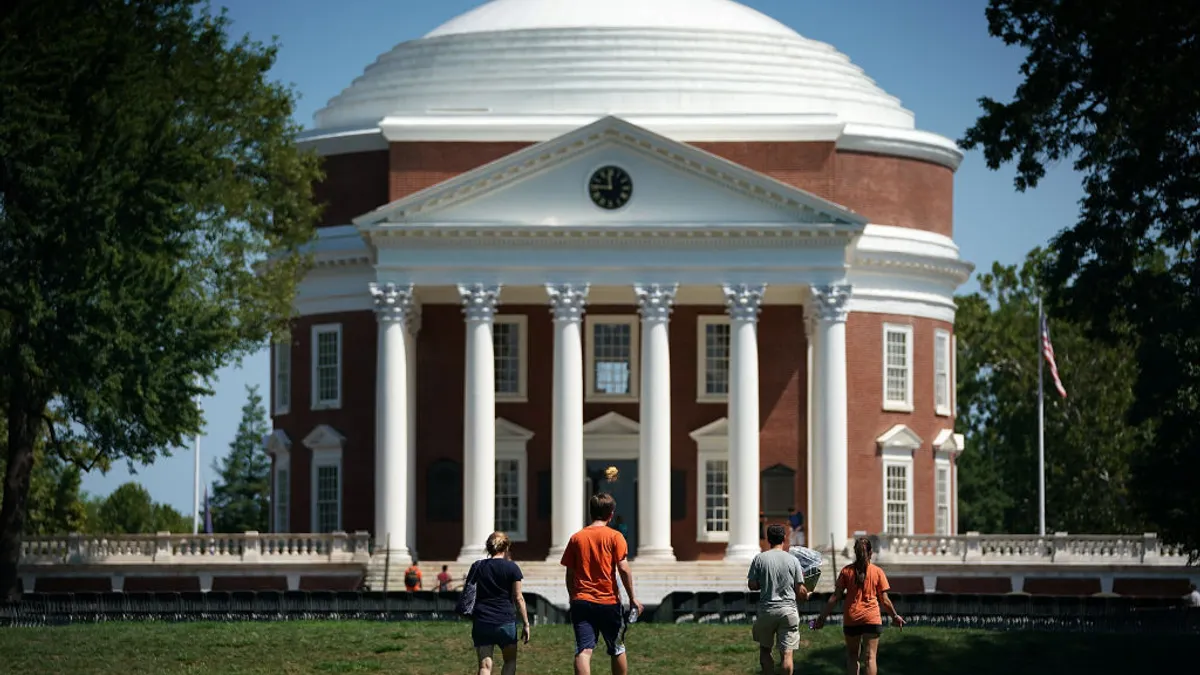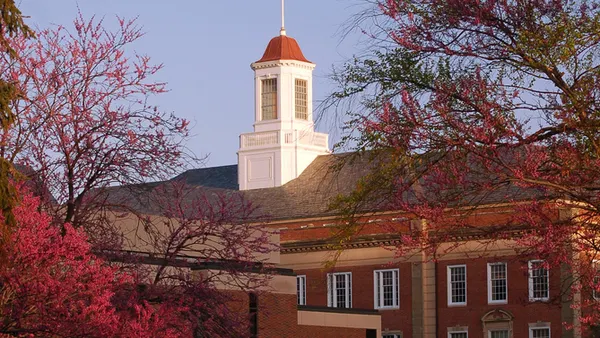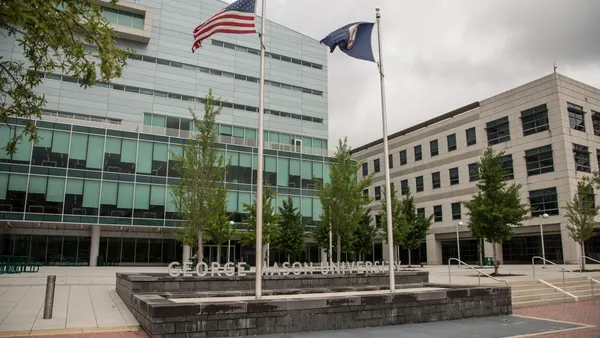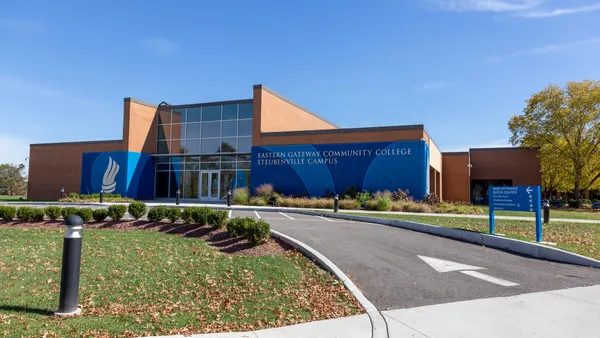Dive Brief:
- Early and mid-career student affairs professionals are leaving the field for other pursuits amid compensation and work environment concerns, according to a new report from NASPA, a higher education association for student affairs administrators.
- Some 88% of professionals surveyed said a lack of competitive salaries in comparison to jobs' required experience and education could contribute to people leaving the profession.
- The report recommends collaboration from higher education professionals at all levels to improve workforce satisfaction and retention.
Dive Insight:
In 2019, NASPA approved a task force to study the issues most critical to the future of student affairs, including affordability, mental health, demographic changes and college completion rates among students of color. The beginning of the COVID-19 pandemic in 2020 exacerbated these and other challenges, driving up the need for virtual services, emphasizing the role of student affairs in public health, and increasing staff burnout due to workload.
In 2021, the task force conducted a national survey of professionals who hold student affairs positions at colleges and universities of all sectors and sizes within the U.S. It also held 18 focus groups with a total of 97 student affairs faculty, graduate students and administrators across all position levels.
A changing education landscape means student affairs professionals have to adapt, according to Alexa Wesley Chamberlain, director of research and strategy at NASPA and a member of the association's Future of Student Affairs task force.
"Our underlying values are still valid but may need to be applied in different ways," said Wesley Chamberlain. "There's not going to be one pathway or a map that tells professionals exactly what to do. It's more like, let's recalibrate our compass to meet the needs of today's students on each campus."
NASPA's work highlighted four areas of discussion: student needs and expectations; social justice, equity, diversity, and inclusion; professional preparation and development; and workforce satisfaction and retention.
"They're not mutually exclusive," said Amelia Parnell, vice president for research and policy at NASPA, who also served on the Future of Student Affairs task force. "If we're already talking about professional development and training, there's a lot of opportunity to talk about how to train a group of professionals to work in a flexible work environment."
NASPA aimed to extend the report's audience beyond its member base by including guidance for college leadership, faculty and professional associations, according to Parnell.
"We need the support of college presidents, VPs and academic affairs," she said. "Everybody's input and involvement is required to make this work."
Campuswide collaboration is a big undertaking but would lead to more equitable outcomes for students, Parnell said.
"I can see a future of student affairs that serves the 19-year-old who's living in a residence hall the same way it would serve the part-time adult learner who's over 25 and may have dependents," she said. "Everyone can, and should, succeed."
The report recommends ways institutions, employees and associations can improve student outcomes. They include improved care for staff and student-centered diversity, equity and inclusion commitments.
Roughly a third of the 1,005 survey respondents said their colleges have taken action to address issues like racial justice, college affordability and inequitable student outcomes. Action to address mental health issues for students was more common, with 52% of respondents indicating their colleges have done something to address student mental health.













